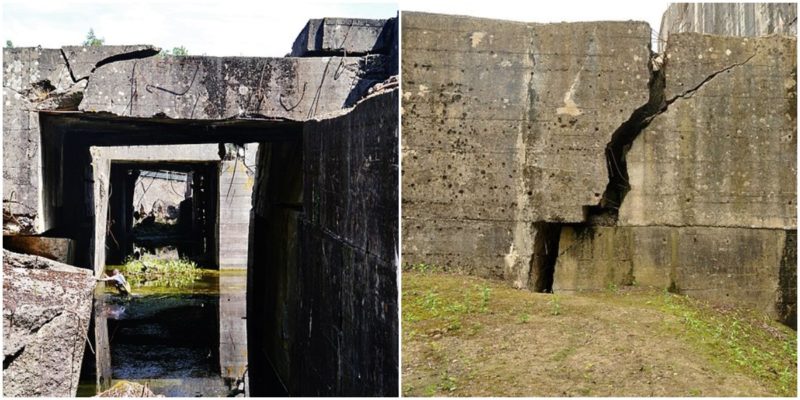In March 1943, German military authorities gave orders to Organisation Todt (a military and civil engineering group in Nazi Germany) to begin construction of a massive bunker at the edge of the Forest of Éperlecques, near the town of St. Omer, northern France. The bunker, known by the code name Kraftwerk Nord West, was planned to be a launch base for V2 rockets.
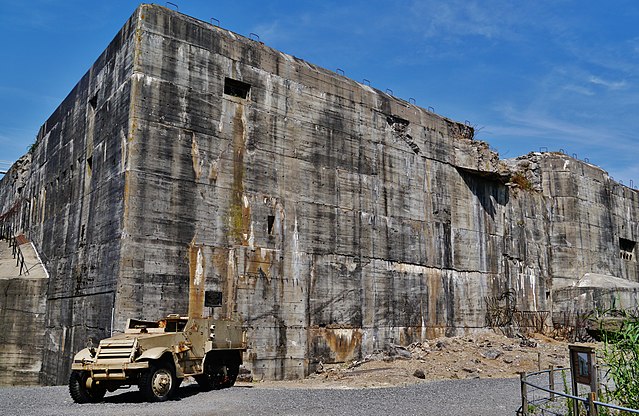
The German Army believed that the new weapon would dramatically change the course of the war and bring a decisive triumph for Germany. The Blockhaus d’Éperlecques was the first missile launch pad built in France. It was part of the Atlantic Wall and was specifically designed to aim at southern parts of England and the city of London.
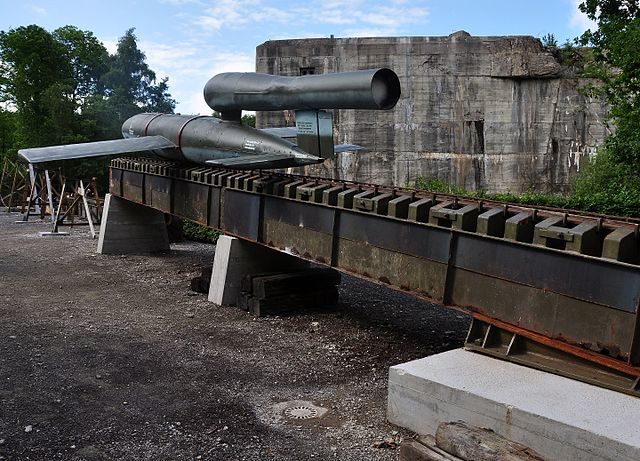
It was decided that construction of the bunker and launch equipment had to be completed by the end of 1943.
The construction crew consisted of thousands of prisoners of war from Russia and the Eastern front, forced laborers from the Netherlands and Belgium, and also French political prisoners and Spanish Republicans who had escaped to France because of General Franco’s regime. The work continued day and night, seven days a week. It is estimated that more than 35,000 foreign workers were included in the construction work.
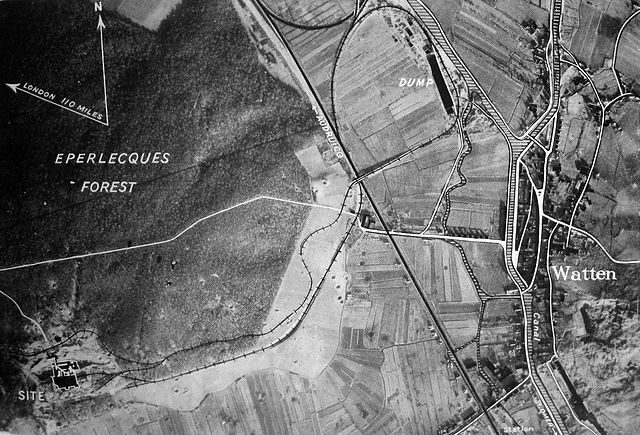
Finalization of the complex was stopped by the British Royal Air Force after they discovered strange movements in the woods on their aerial photos. Despite all measures taken, the well-camouflaged complex and construction activity weren’t invisible by air.
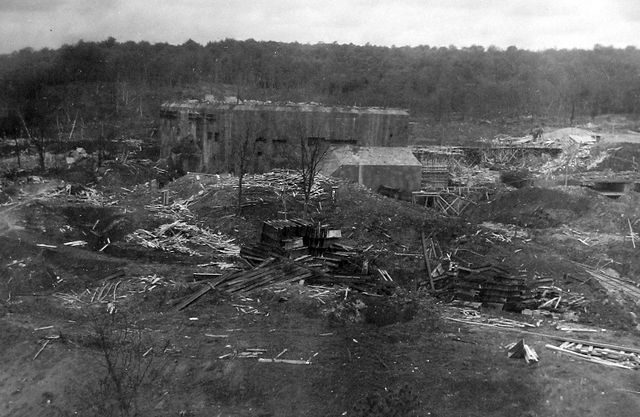
The bunker was never used as it was initially planned, as it was bombarded by British fighter planes in August 1943. During the attack, the northern half of the gigantic bunker, which was meant to house parts of the V2 rockets, was seriously damaged. If everything went according to plan, the Germans would have transported building materials to the site via underground tracks from Calais and St. Omer.
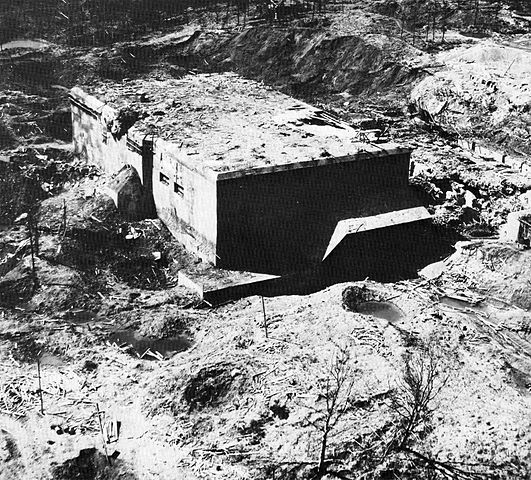
The complex never became fully operational as the German authorities saw that the location was vulnerable and not suitable for launching V2 rockets. From August 1943 until August 1944, during Operation Crossbow, the bunker was heavily bombed 25 times by British and American air forces, rendering many structures useless. Soon the launch station was moved nearby to La Coupole, near Wizernes and Helfaut, but no V2 rockets would be launched from the new location either.
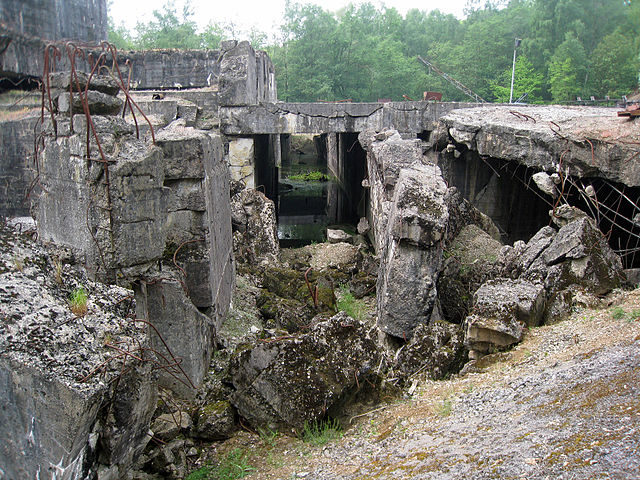
The purpose of the facility was changed and the southern half of the bunker, which was still in use, was adapted into a factory for the production of liquid oxygen. For this purpose, the German engineers decided to strengthen the structure using the tortoise technique. The technique included creating a 16ft-thick concrete shell, and then raising it incrementally to become the roof.
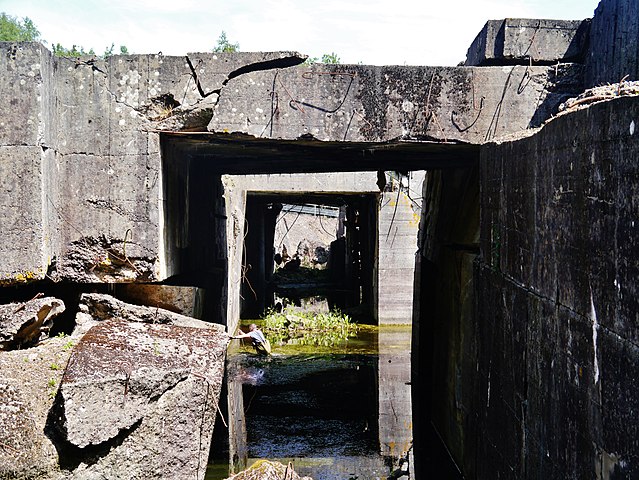
The concrete slab weighed 37,000 tonnes (40,800 tons). During construction of the bunker, 200,000 tonnes (220,500 tons) each of concrete and of steel were used.
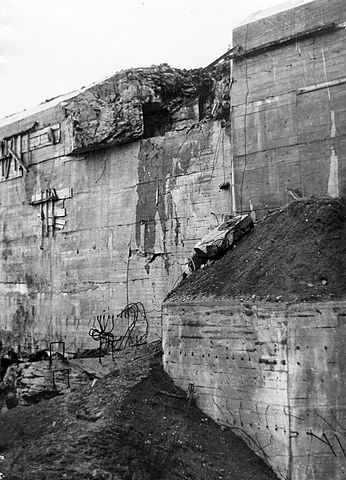
By the beginning of 1944, construction of the liquid oxygen factory was finished. Three compressors for the production of this combustive V2 rocket fuel were installed. It was planned that the liquid oxygen would be transported to La Coupole and the mobile launchers of the V2s.
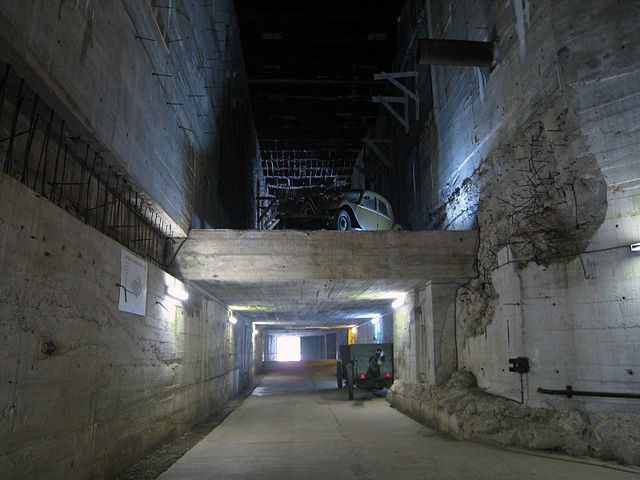
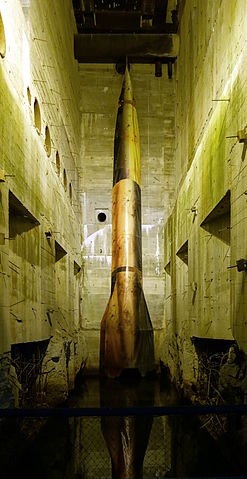
The Blockhaus d’Éperlecques functioned as a factory only for several months. After several bombardments, the German Army moved all of the machinery to Germany.
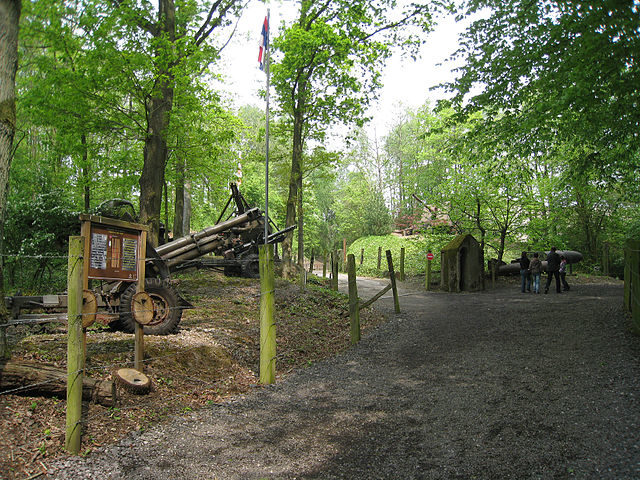
The Germans then used the bunker as a decoy and began unnecessary construction at the complex. It was additionally damaged during a bombing in July 1944, before being finally abandoned by the Germans. The Allied forces captured the site at the beginning of September 1944, but until the end of the war, its main purpose was to be enigmatic.
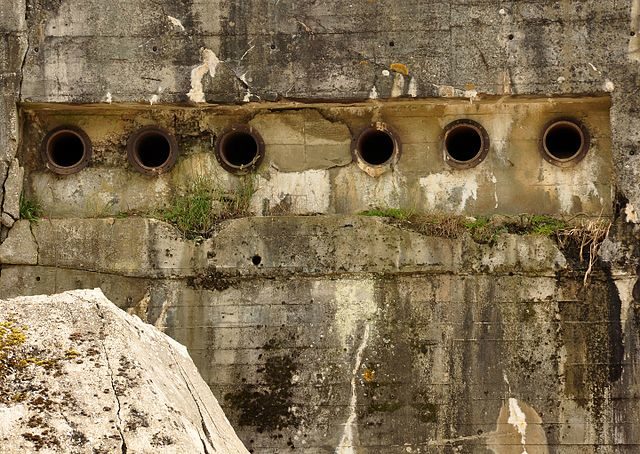
The site was opened to the public in 1973 and, in 1985 it was categorized as an Historic Monument. In 2012 it was adapted into a war museum, primarily showing German ballistics from World War II. Recently the floor level was raised in order to prevent flooding. Around the bunker can be seen vehicles, parts of artillery, and other World War II military relics.
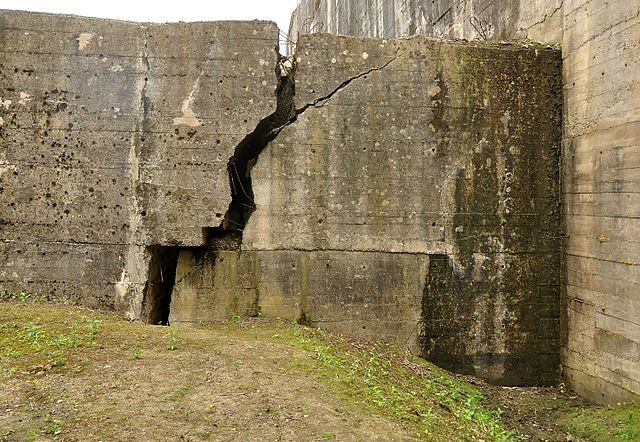
Despite the heavy aerial bombings, a great part of the bunker still survives today. Also, several tracks that were planned to transport V2 rocket parts can be still seen. Evidence of heavy bombing is visible too. The Blockhaus d’Éperlecques is the biggest bunker in northern France and witnessed some major events of World War II.
